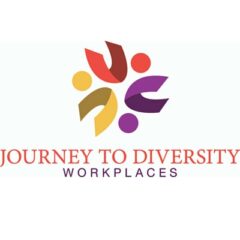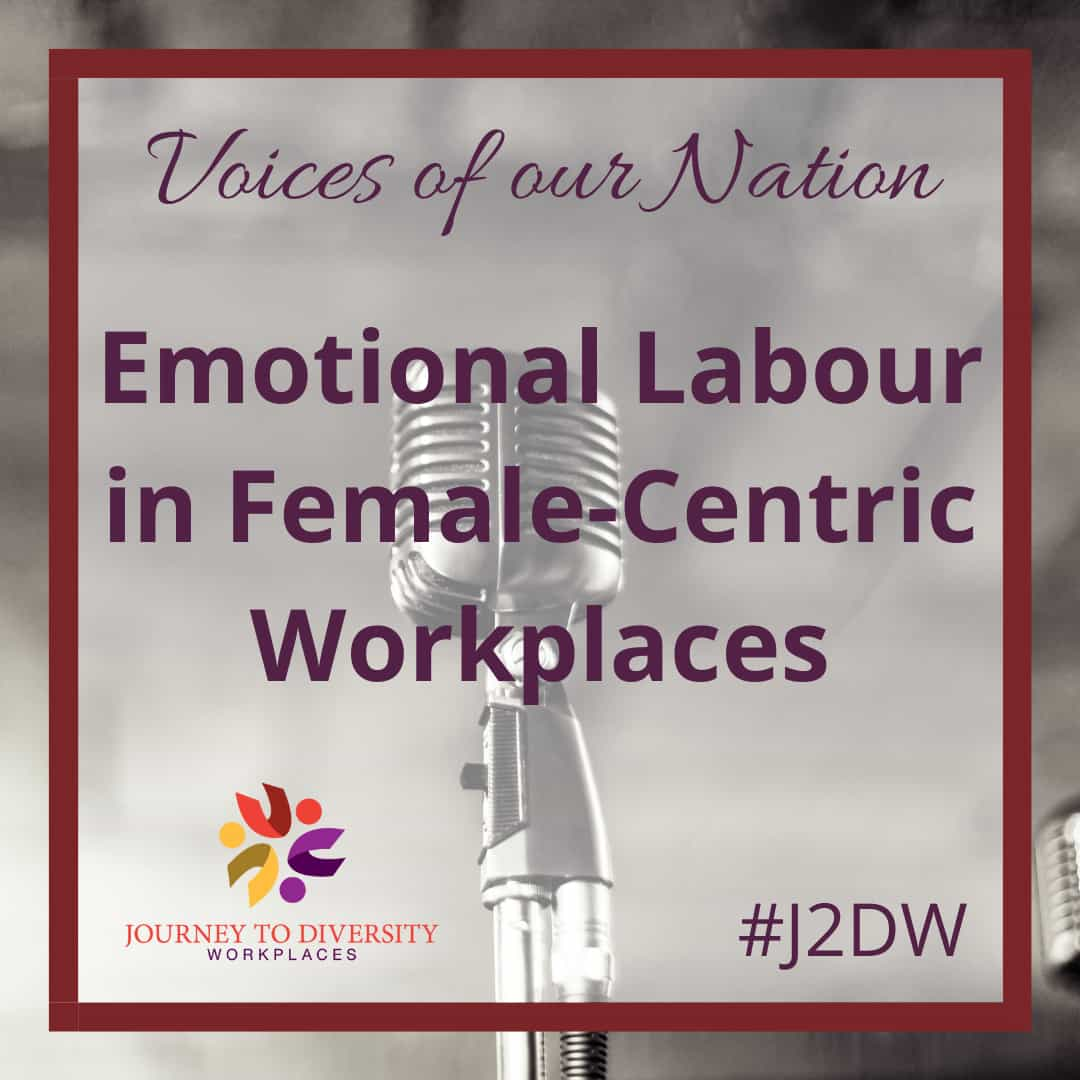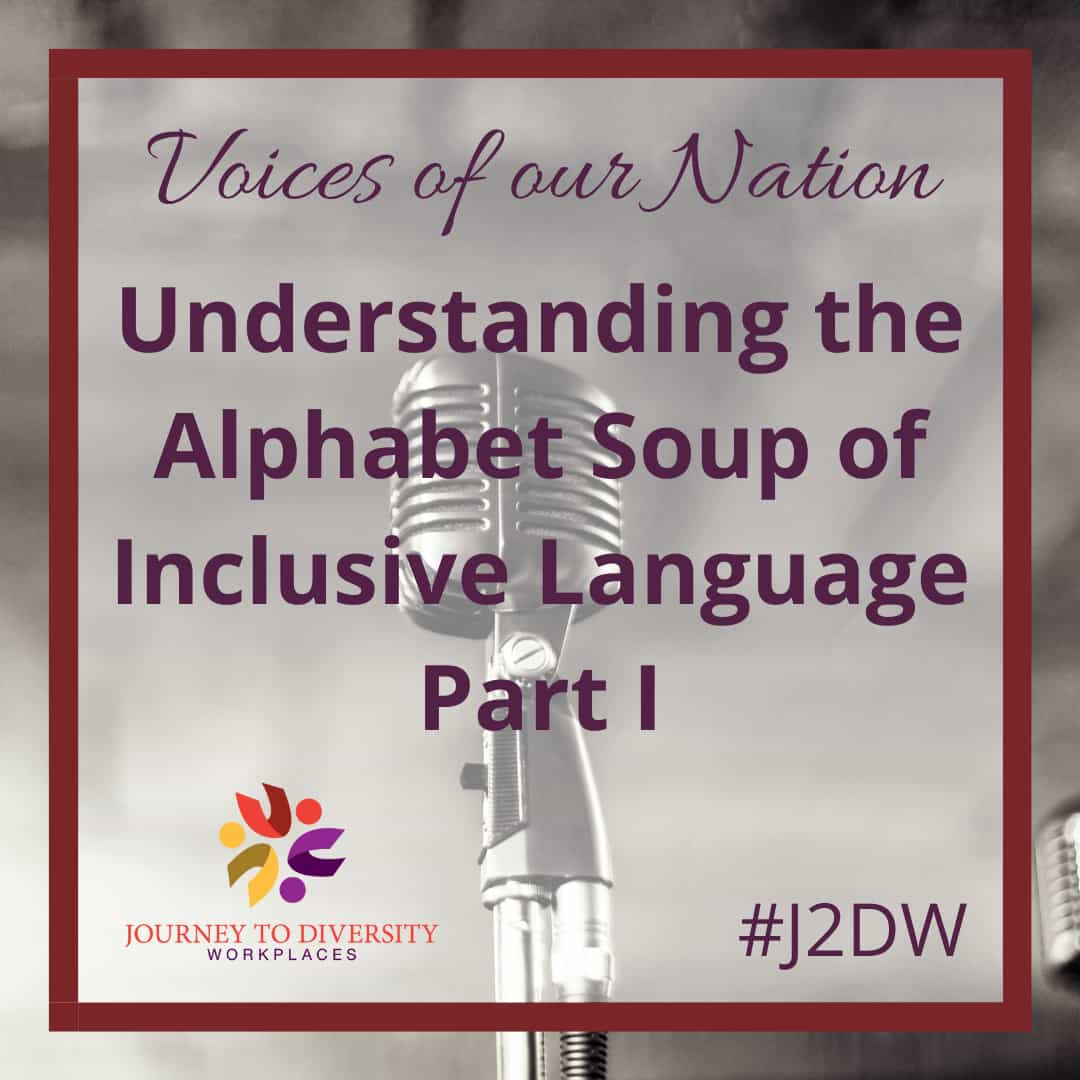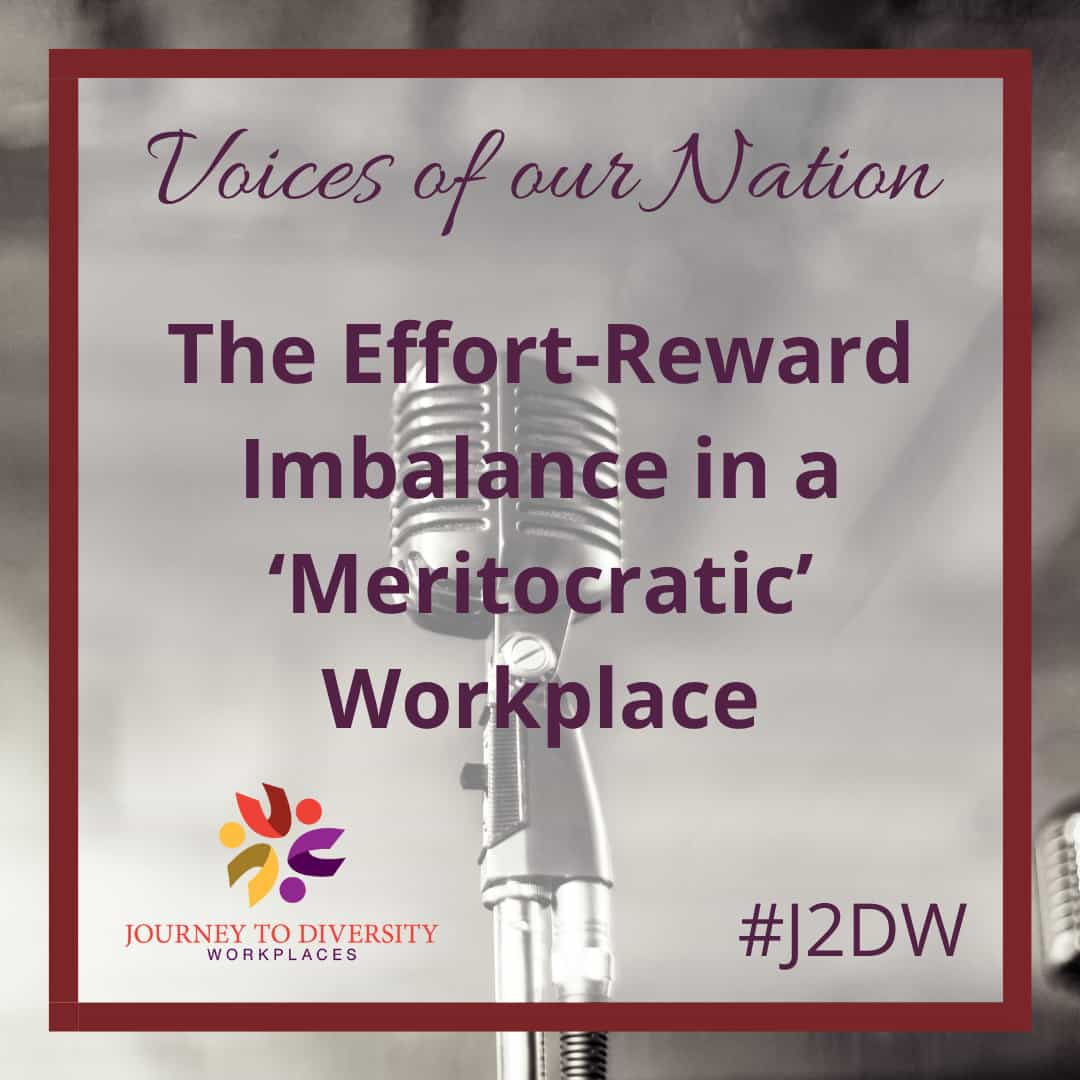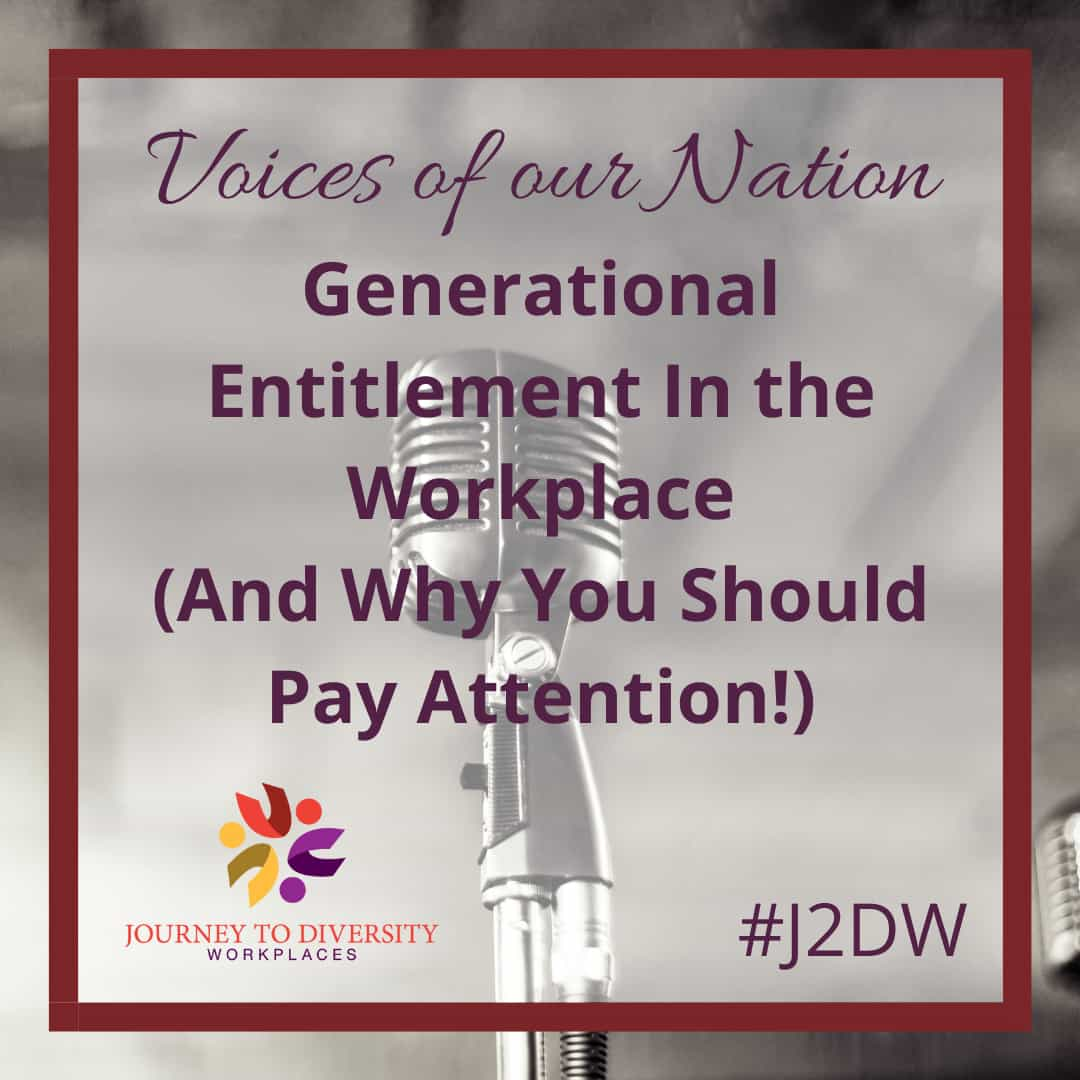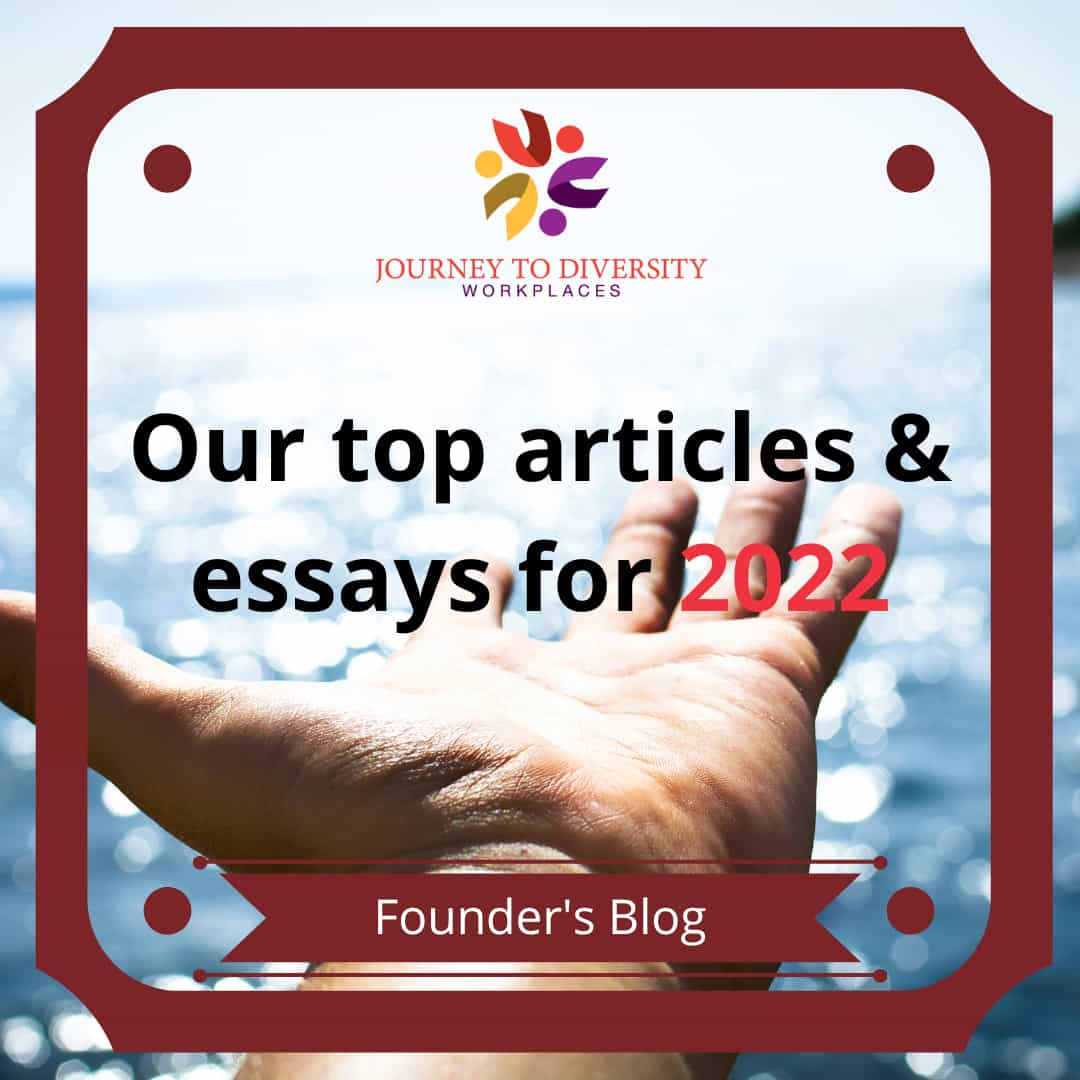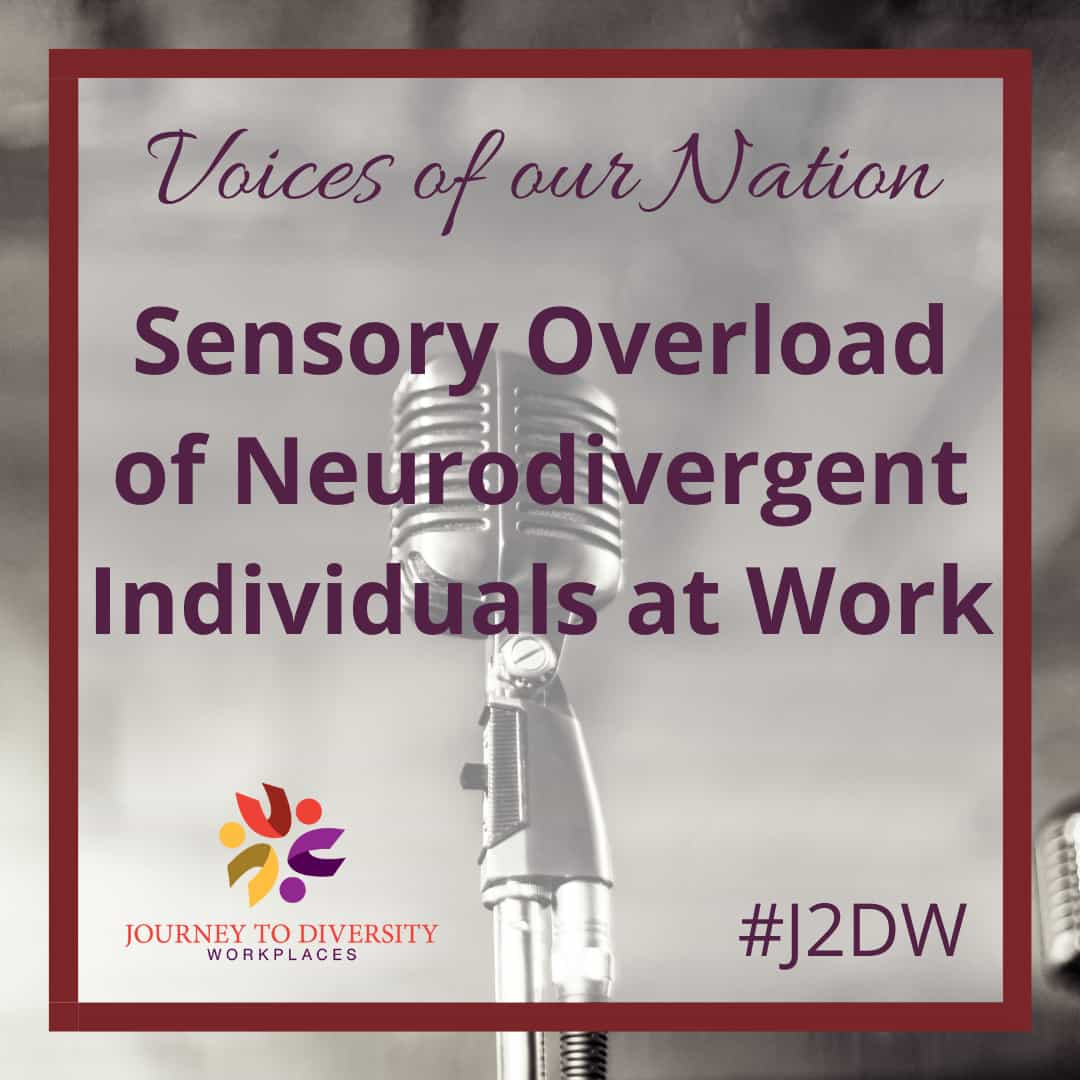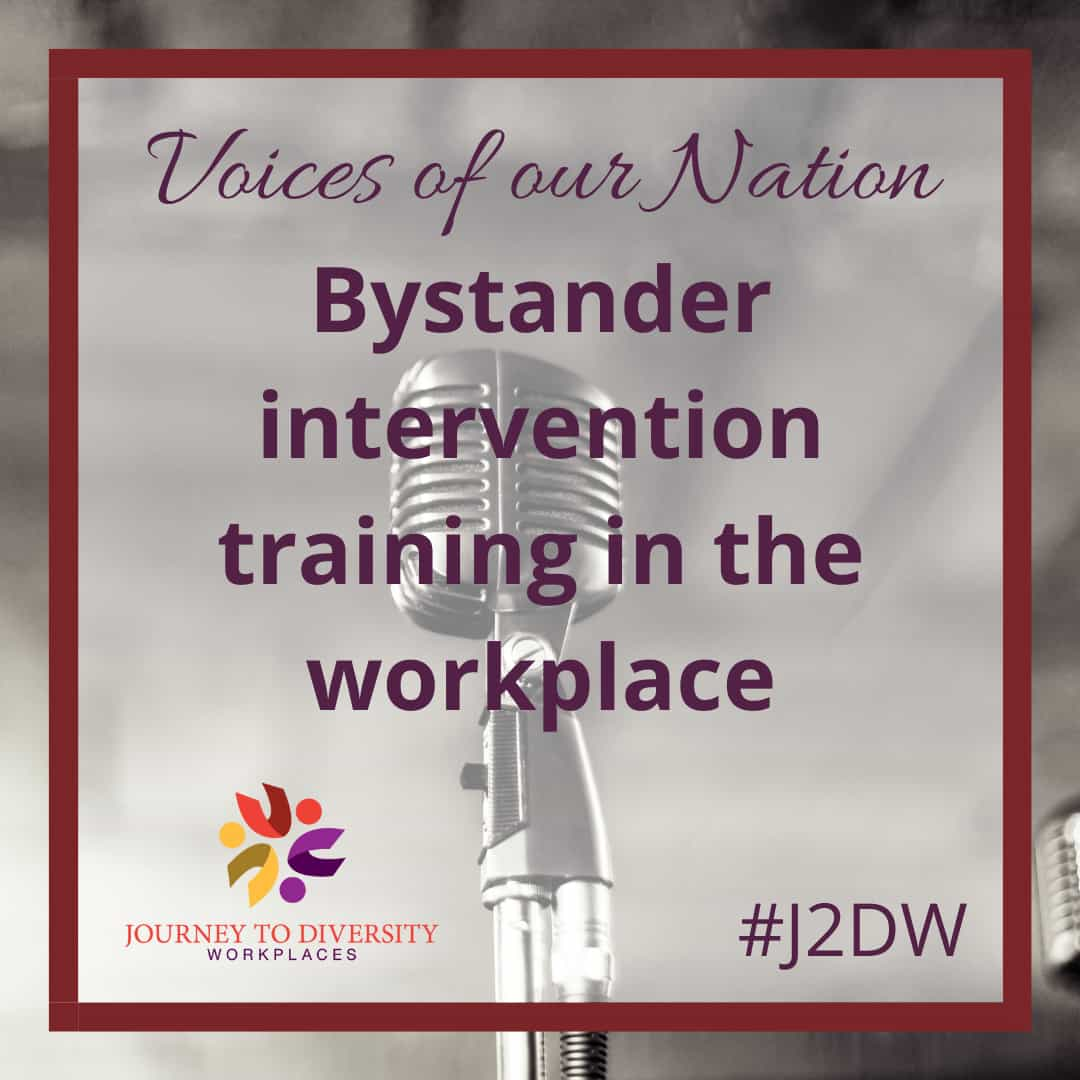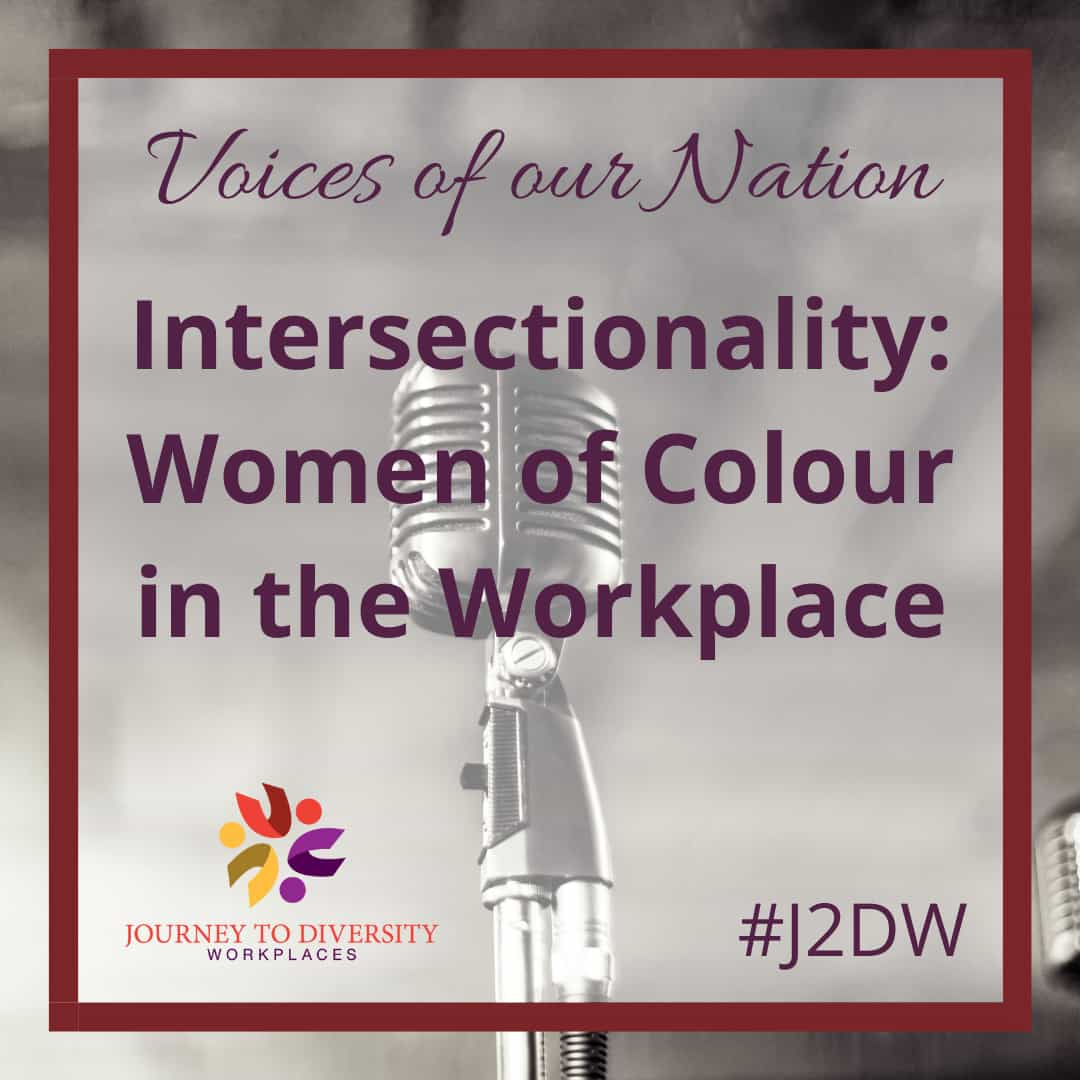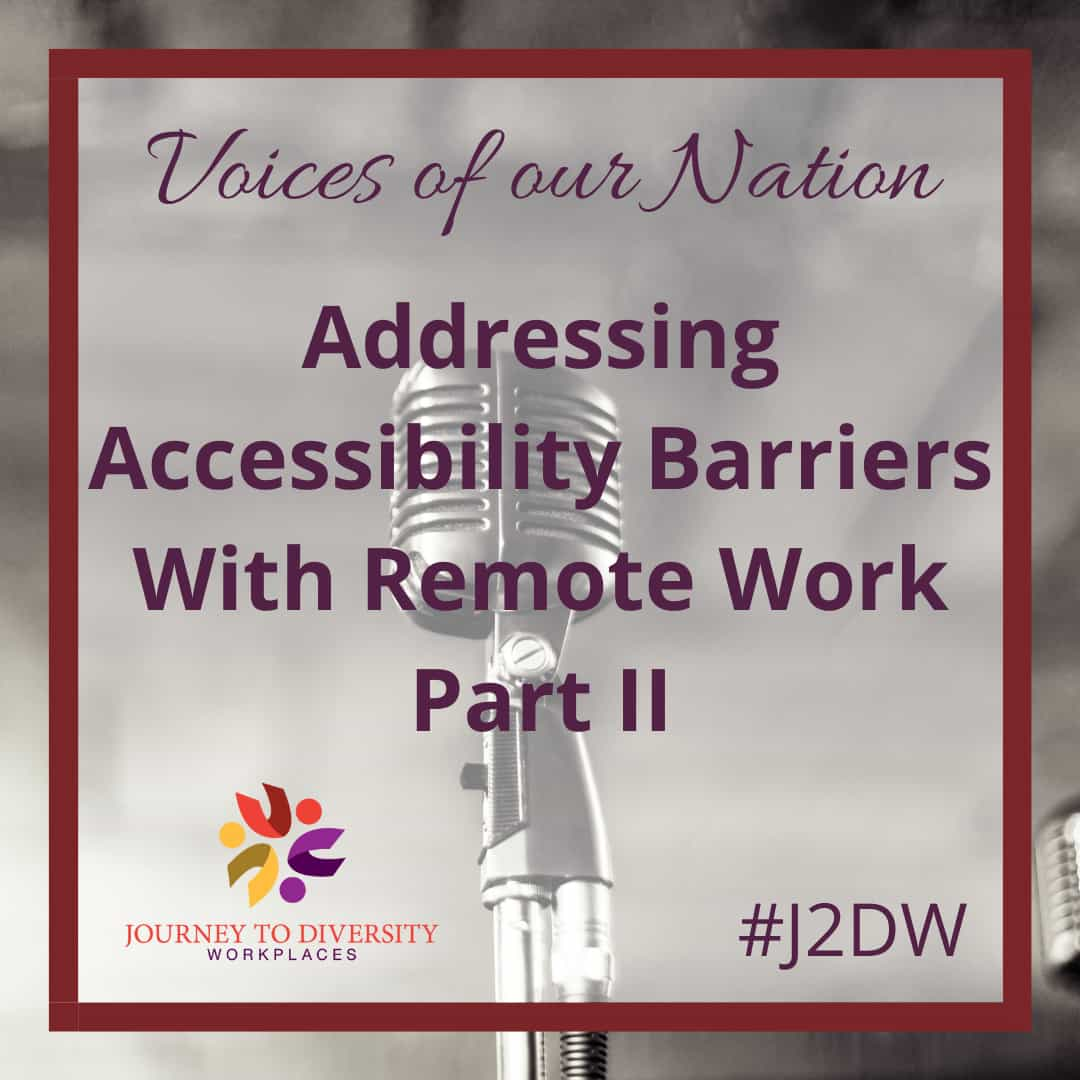Despite having similar capabilities, men and women are often on two sides of a spectrum. Our capitalistic society benefits from this divide by exploiting these parties, women especially, through carefully crafted narratives that support whatever point they want to reinforce that day. If a narrative doesn’t serve them, it will simply be re-written. This behaviour serves as a turning point for a woman’s chance at her desired position and dictates what is expected of her in the workplace.
Why is it that so many emotionally taxing, often under-respected occupations, are not-so-coincidently female-centric professions? Nurses, receptionists, daycare providers, nannies, flight attendants, teachers, and social workers are all prime examples of this observation. Here, I introduce to you the term ‘emotional labour.’ Emotional labour is the act of regulating one’s emotions in order to engage with others and it is heavily practiced in several workplaces by employees towards their colleagues, and more commonly, their customers. Workers are required to be friendly, polite, and receptive to all kinds of condescending behaviour while suppressing negative emotions, whether it be with a nurse to unstable patients, a flight attendant to inappropriate passengers, teachers to immature students, or receptionists to frustrated clients. Emotional labour, in comparison to its counterpart, physical labour, is an unspoken requirement in many fields and is prominent in female-dominated workplaces (“What is emotional labor?”).
When viewing the structure of our society through a critical lens, it’s fair to note that there is a distinction between the labour expectations men and women are held toward due to historically cemented gender roles. In following this narrative, women are supposed to be natural caretakers and are considered not to be as capable of critical, rational thinking, so employers accept more women in these fields that are driven by feminine characteristics (Yavorsky, 2019).
Although an individual’s capability to perform emotional labour is prioritized in the hiring process for such jobs, it’s essential to acknowledge that this is not a bad thing in and of itself. Jobs in things like customer service and nursing need workers to do emotional labour, or else no work would get done, and there would be endless amounts of conflict. Most workers have employed ways to manage this expectation by ‘surface acting,’ masking their negative emotions or indifference with an outgoing, polite version of themselves, or ‘deep acting,’ using another positive memory to fuel the friendly mask in a more genuine manner (“What is emotional labor?”). The latter is more widely practiced because it allows for a more enjoyable work life and gives employees a sense of control over their emotions.
With this knowledge, we can see how problems arise for women’s mental health, their sense of identity, and their attitude toward their work in such female-centric fields. Women may feel as though they are uncertain of who they are, unsure of how to navigate their true feelings, and incapable of finding authenticity in their life outside of work. As a result, their personal life is negatively affected, impacting their professional attitude and work performance. How is a woman to feel confident and happy with herself when she is berated, degraded, disrespected, and emotionally exhausted eight hours a day?
Women who are people of colour (POC) in these workplaces often receive the short end of the stick when it comes to emotional labour or mistreatment. Not only are they spoken down to and asked to be emotional mediators during conflicts, but are also subject to racial comments and demands to educate others on culturally or racially sensitive topics (“Emotional labor in the workplace,” 2022).
It all boils down to the fundamental arguments about gender roles and misogyny which propose that being emotive, like a caretaker, is not respectable in society; that a woman’s place is beneath that of a higher male authority. So now we must ask ourselves: what can we do to stop women from carrying the burden of this trait in female-oriented workspaces? We must first be more receptive to allowing non-women in these work fields, as well as letting women enter male-dominated industries, to diversify the workplace and create balance. If you are a consumer of products or services offered by these professionals, whether it be getting treated by a nurse or conversing with the receptionist at the spa, remember to be mindful of your behaviour and its impact. Although women are not the only ones doing emotional labour at their workplace, it is necessary to address the impact it has on them to create awareness, change attitudes, and spark productive discussions.
Sources:
Emotional labor in the workplace: The disproportionate burden on women. Women and Emotional Labor in the Workplace. (2022, February 9). https://www.stkate.edu/academics/women-in-leadership-degrees/empowering-women/emotional-labor-in-the-workplace
What is emotional labor? Workplace Emotional Labor and Diversity Lab. (n.d.). https://weld.la.psu.edu/what-is-emotional-labor/
Yavorsky, J. (2019, January 6). Hiring-related Discrimination: Sexist Beliefs and Expectations Hurt both Women’s and Men’s Career Options. Council on Contemporary Families. https://sites.utexas.edu/contemporaryfamilies/2019/01/16/hiringdiscrimination/
This article was written by summer student Ilesha Prabhudesai and edited by summer student Cossette Penner-Olivera. This article was funded by the Government of Canada.
